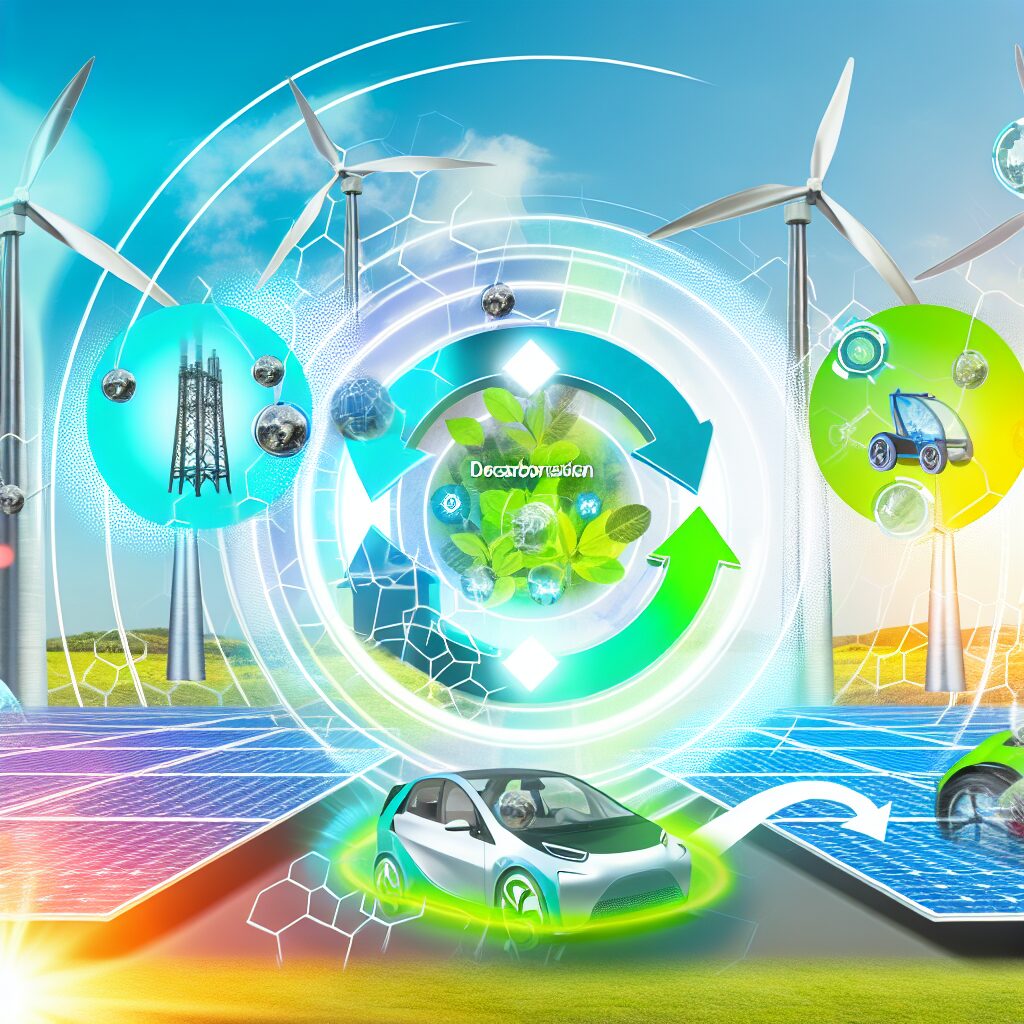Improving Decarbonization Approaches Key to Net-Zero Success
Investing in and rapidly deploying renewable energy sources and energy storage is essential. Governments and private sectors must work together to create incentives and subsidies that make renewable energy more accessible and affordable. As climate change continues to pose an escalating threat to our planet, the global push towards achieving net-zero carbon emissions has never been more urgent. However, recent findings suggest that most net-zero pledges may fall short unless significant improvements are made in decarbonization approaches. This revelation underscores the critical need for innovative strategies and robust implementation plans to meet our ambitious climate goals.
The Current State of Net-Zero Pledges
Many countries, corporations, and organizations worldwide have committed to achieving net-zero emissions by mid-century. These pledges are a crucial part of the global effort to limit global warming to 1.5 degrees Celsius above pre-industrial levels, as stipulated by the Paris Agreement. However, a new study reveals that without enhanced decarbonization methods, these commitments are unlikely to be fulfilled.
The primary challenge lies in the gap between ambition and action. While the pledges are commendable, the current strategies and technologies for reducing carbon emissions are insufficient. This shortfall highlights the urgent need for innovation, investment, and policy reforms to drive effective decarbonization.
Why Current Decarbonization Approaches Fall Short
One of the main reasons current decarbonization approaches are inadequate is the over-reliance on future technologies that are still in development or not yet scalable. Many net-zero plans hinge on the assumption that breakthrough technologies will emerge in time to offset emissions. While technological advancements are critical, relying solely on uncertain future innovations is a risky strategy.
Moreover, the existing infrastructure in many industries is heavily dependent on fossil fuels. Transitioning to renewable energy sources and cleaner technologies requires substantial investment and time. The slow pace of this transition is another significant barrier to achieving net-zero goals.
Additionally, there is a lack of cohesive policy frameworks and regulations to support decarbonization efforts. Inconsistent policies across regions and industries create hurdles for implementing uniform and effective carbon reduction strategies.
Strategies for Improving Decarbonization
To bridge the gap between current capabilities and net-zero ambitions, a multifaceted approach is necessary. Here are some key strategies for improving decarbonization:
1. Accelerating Renewable Energy Adoption: Investing in and rapidly deploying renewable energy sources and energy storage is essential. Governments and private sectors must work together to create incentives and subsidies that make renewable energy more accessible and affordable.
2. Enhancing Energy Efficiency: Improving energy efficiency across all sectors can significantly reduce carbon emissions. This includes upgrading infrastructure, implementing smart grid technologies, and adopting energy-efficient practices in manufacturing, transportation, and buildings.
3. Developing Carbon Capture and Storage (CCS) Technologies: CCS technologies are vital for capturing and storing carbon emissions from industrial processes and power generation. Accelerating research and development in this area can help mitigate the impact of hard-to-abate sectors.
4. Implementing Robust Policies and Regulations: Governments must enact and enforce policies that drive decarbonization. This includes setting clear emission reduction targets, implementing carbon pricing mechanisms, and providing support for green technologies and innovations.
5. Promoting Circular Economy Practices: Embracing circular economy principles can reduce waste and promote the reuse and recycling of materials. This approach can minimize the carbon footprint of production and consumption.
6. Encouraging Collaboration and Partnerships: Achieving net-zero requires collective action. Governments, businesses, and civil society must collaborate and share best practices, technologies, and resources to drive decarbonization efforts.
The Role of Innovation and Investment
Innovation is at the heart of successful decarbonization. Developing new technologies and refining existing ones will play a crucial role in reducing emissions. This calls for substantial investment in research and development from both public and private sectors.Financing sustainable projects through green bonds, climate funds, and other financial instruments can accelerate the transition to a low-carbon economy. Ensuring that financial resources are directed towards impactful and scalable decarbonization initiatives is key to achieving net-zero goals.
The Path Forward
The journey to net-zero is fraught with challenges, but it is not insurmountable. By improving decarbonization approaches and committing to bold action, we can turn the tide against climate change. The stakes are high, but the potential rewards—a sustainable, resilient, and prosperous future—are worth the effort. Achieving net-zero is not just a matter of environmental stewardship; it is an economic and social imperative. It requires a collective commitment to innovation, collaboration, and sustained effort. As we move forward, let us embrace the opportunity to create a better world for future generations.
Source
Most net-zero pledges will fail unless decarbonization approaches improve

